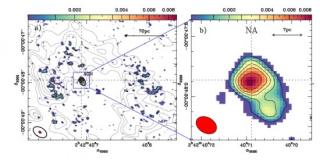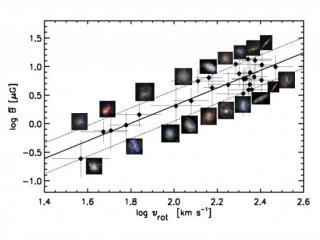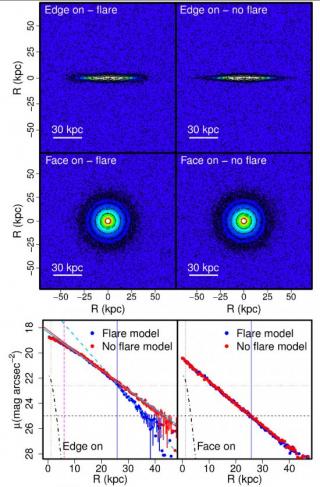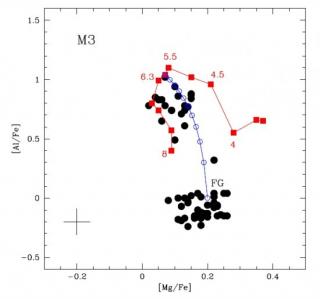
NGC 1068 is the prototypical Seyfert 2 galaxy and a prime example for active galactic nuclei (AGN) unifying schemes. Its central engine is thought to be hidden behind a screen of obscuring material located in a dusty molecular torus of a few parsecs size. Given the distance to the galaxy (D ∼ 14 Mpc), it has been the subject of tens of studies aiming to disentangle what is happening in its central parsecs. We used the Atacama Large Millimeter Array (ALMA) to map the emission of the CO(6–5) molecular line and the 432 μm continuum emission from the 300 pc sized circumnuclear disk (CND) of the
Advertised on




